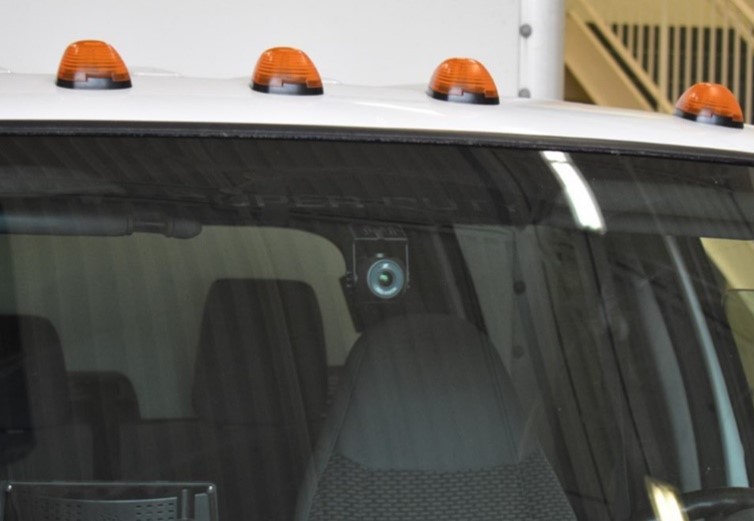
7 Ways to Improve Driver Buy-In on Dash Cameras
Implementing dash cameras in commercial fleets has proven to significantly enhance safety, reducing safety-related incidents by an impressive 52%. This statistic, backed by a Frost & Sullivan report, positions video telematics as the emerging standard in fleet safety. Despite these benefits, introducing dash cams often meets with initial skepticism from drivers, who may view the technology as an intrusion into their professional space.
Many fleets have encountered resistance when introducing dash cameras. The perspective shifted positively once drivers understood the technology’s protective role and its potential to avert accidents and aid in exoneration. This transformation highlights the necessity of effectively managing the introduction of new technology and fostering a culture prioritizing safety.
Prioritize Transparency at the Onset
Initiate the process with a comprehensive Q&A session for drivers. An open, transparent dialogue reassures drivers, helping them understand the objectives behind the dash cams and their role in enhancing safety. Clear communication from the start is crucial for maintaining driver engagement and mitigating resistance.
Understanding the Technology
Clarify the purpose of dash cams: driver protection. Explaining the functionality, how safety events are recorded, and who has access to this footage can help dispel concerns and foster acceptance among drivers. Side, rear, and other vehicle cameras integrated into display screens help improve driver visibility while being recorded.
Make sure drivers are aware of whether these additional cameras are recording or not when to use the display, how to use it, and when camera views automatically show up on the screen.
Leading by Example
Demonstrate commitment to the technology by installing dash cams in management vehicles first. Then, identify respected drivers to become early adopters, sharing their positive experiences to encourage widespread acceptance.

Highlighting the Importance of Video Evidence
Present actual footage where dash cams have exonerated drivers. Real examples of how technology has defended drivers against false claims can significantly influence the acceptance and appreciation of dash cams.
Communicating Policies Clearly
Define and communicate how dash camera footage will be used, distinguishing between coaching opportunities and disciplinary actions. This can help explain what behaviors are grounds for warnings, probation, and/or termination. This clarity ensures fairness and transparency, vital for a successful implementation.
Incentivizing Safe Driving
Introduce rewards for safe driving behaviors captured by dash cams, from verbal recognition to tangible rewards. Acknowledging positive driving behaviors motivates drivers and underscores the benefits of dash cam technology.
Highlighting Positive Driver Actions
Regularly share footage showcasing excellent driving. This practice not only reinforces good driving habits but also helps balance the perception of dash cams from solely monitoring tools to instruments of recognition. On the other hand, sharing only poor driving footage could really hurt buy-in.
The idea behind this is that you want to encourage the behavior that you want them to reinforce while discouraging the behavior you want them to discontinue. It is necessary to review dangerous situations, including defensive driving, where the driver did nothing wrong to affirm everything they did right.
Considering adding dash cams to your fleet? Discover how Pro-Vision’s integrated solutions can enhance your fleet’s safety and efficiency.